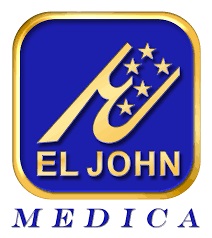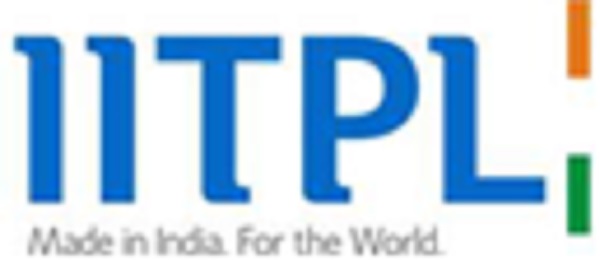All Categories
- ISO 9001:2015
- IAF Register
- Organic certification
- ISO 14001:2015
- OHSAS 18001:2007
- ISO 27001:2013
- ISO 13485:2016
- ISO 50001-2011
- CE Marking
- ISO 15000 HACCP
- ISO 29990:2010
- ISO 22301-2012
- Lead Auditor Training
- ISO 29993:2017 Certification
- Other Services
- HSE MS
Quick Links
- About us
- CE Marking Certification
- Impartiality Statement
- Founder
- Quality Policy
- ISO Application Process
- Certified Client
- Accredited Certificate Need to be Converted
- History
Read More
- ISO Application Process
- ISO Certification Process
- Surveillance Procedure
- Appeal & Complaint
- Renewal and Re-Certification of the ISO Certificate
- Suspension
- Withdrawal
- Cancellation Process
- Renewal of ISO
- QMS Transition Process
- EMS Transition Process
- Certification Services
- Remote Audit Process
- Restoration Process
© 2013 - 2026 . All Rights Reserved.








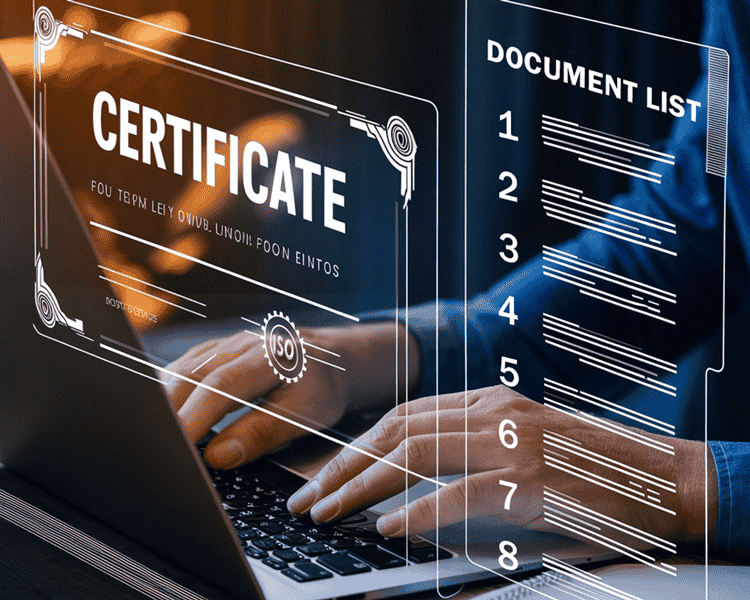

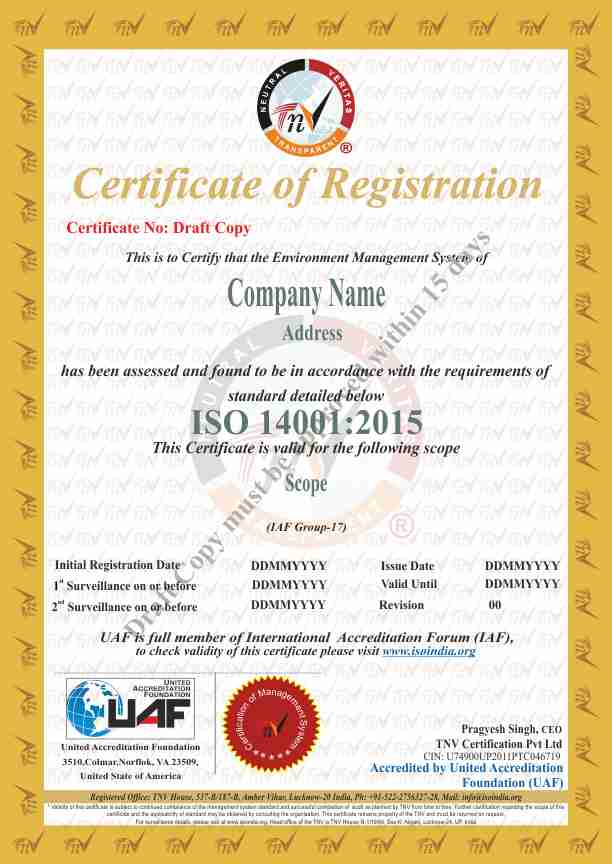
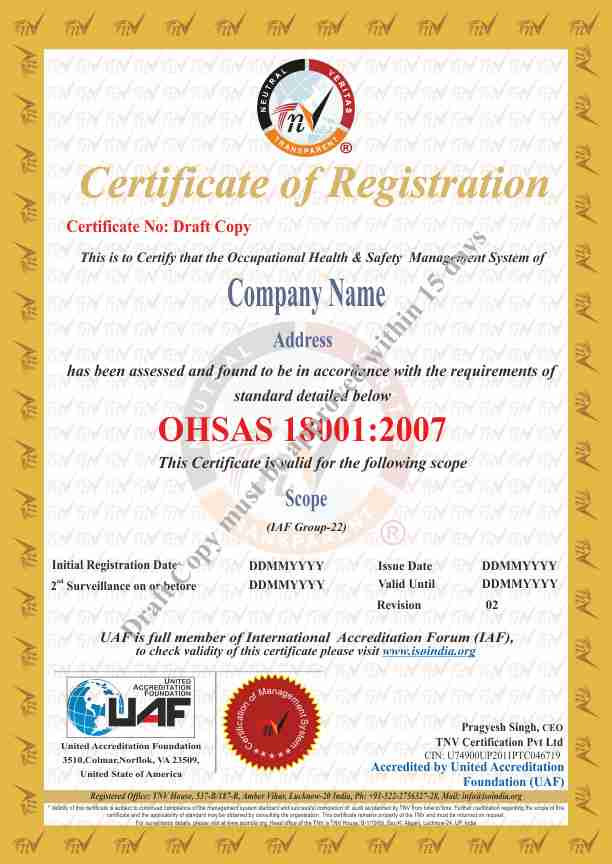
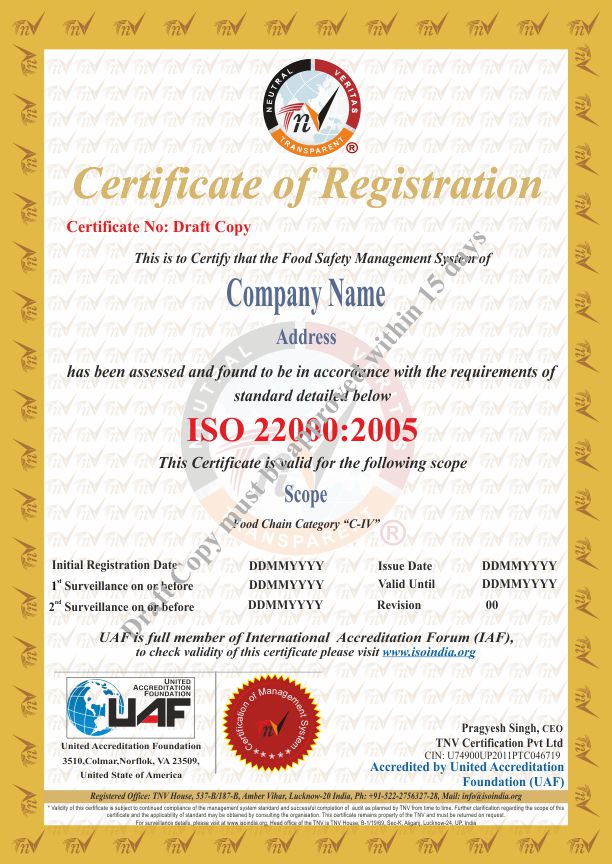
.jpg)

